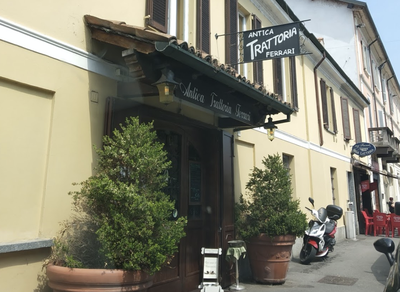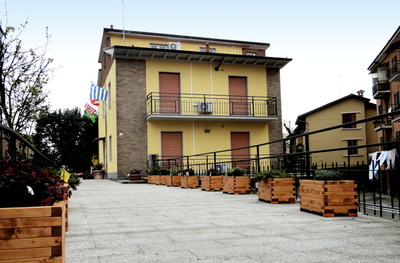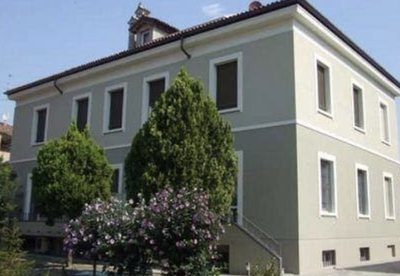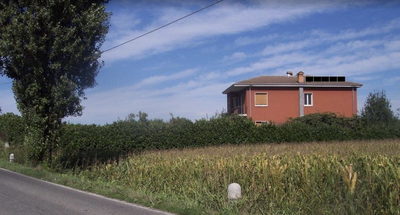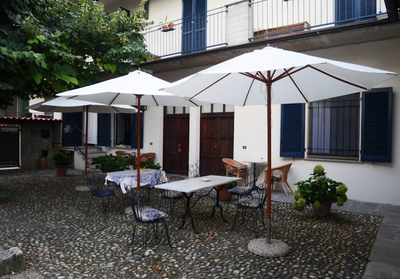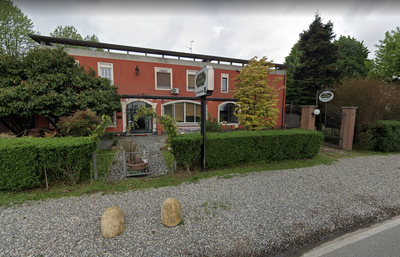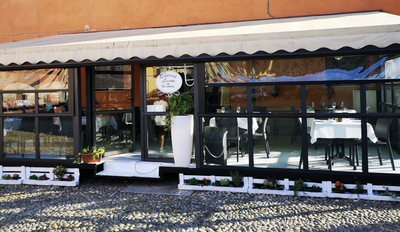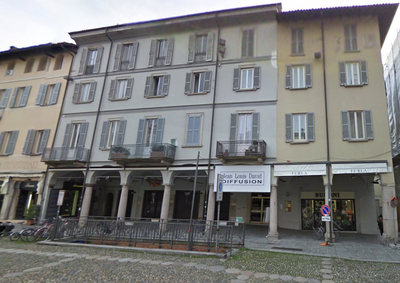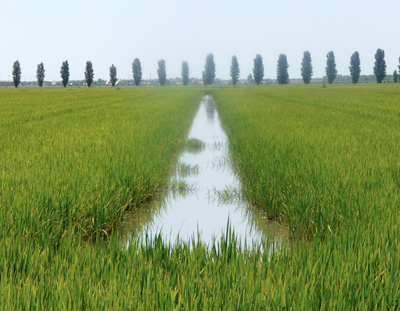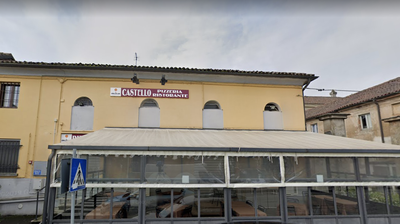Bereguardo to Pavia
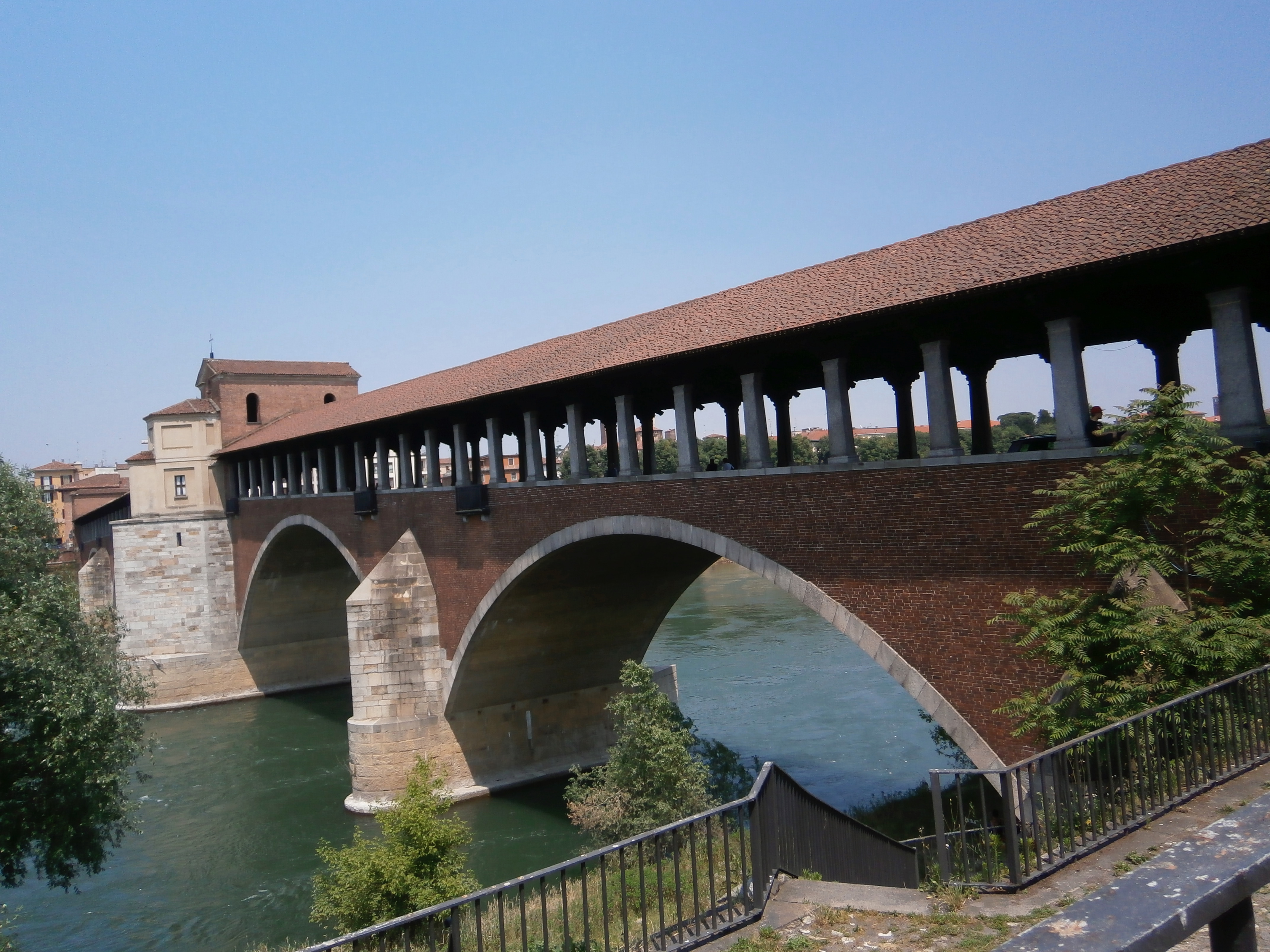
Lombardia
13. Bereguardo to Pavia
Very easy
4h
14,2km
+93m
-101m
Step
Embed this item to access it offline
Even if the path no longer follows a canal in its entirety, the water remains present throughout the route with the irrigation of the Po plain and Ticino, its tributary that flows down from the Alps and Lake Como.
7 points of interest
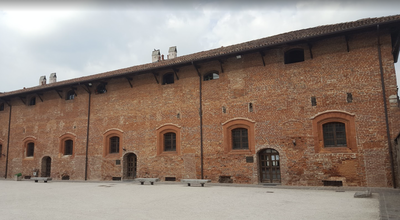
Bereguardo HistoricalCastle of Bereguardo
Bereguardo Castle, first Visconti, then Sforza, stands in the centre of the village, on a natural terrace overlooking the Ticino, surrounded by the remains of the old moat that drew water from the nearby Naviglio.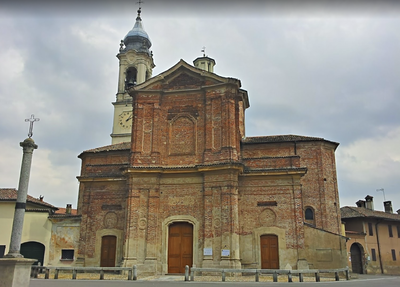
Bereguardo CulturalChurch of Sant'Antonio Abate
The parish church, dedicated to S. Antonio Abate, stands on the former grounds occupied by a chapel built by the Visconti family in 1425. The current building was built around 1762, with a Greek-Latin cross plan topped by a beautiful octagonal dome. The facade is made of bare bricks and contrasts with the richly decorated interior in the Baroque style, where the pulpit carved in wood with canopy stands out. To the right of the main altar is the chapel dedicated to the Virgin of the Rosary, while the two minor altars, decorated with beautiful stuccoes, are dedicated to Saints Mauro Abate and Bernardino da Feltre and the other to Saint Rocco, patron saint of the city. The church is dominated by a bell tower more than 40 meters high with a Byzantine dome.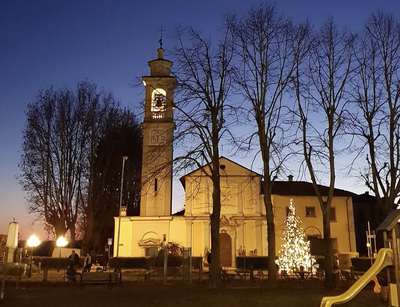
Chiesa Santa Maria della Neve CulturalChurch of Santa Maria della Neve
The church is mentioned in a document for the first time in 1558 when the parish of Trivolzio was entrusted to the fathers of the Third Franciscan Order and reappeared in 1630 when the vicar of Trivolzio wrote that under his jurisdiction was the church of Santa Maria della Neve in Torre d'Isola. From 1703, on the order of the Marquis Giacomo Botta, the church was enlarged and inaugurated on 31 October 1706. In 1783, when the convent of Trivolzio was closed by Emperor Joseph II, it became a parish church.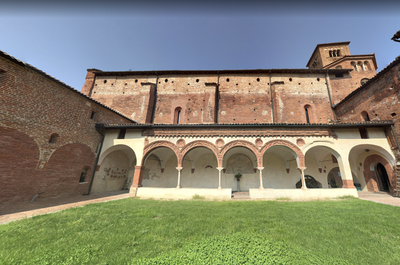
Chiesa San Lanfranco CulturalChurch of San Lanfranco
The documents mention 1090 as the date of foundation. In this area in 773, King Charlemagne of the Franks camped to besiege Pavia and defeat the resistance of King Lombard Desiderius. A new church of the Holy Sepulchre was built around the second decade of the 12th century, as mentioned in the writings of Bernard de Pavie. Its construction was the work of the Vallombrosani, a community of Benedictine monks founded between 1012 and 1015. In the tradition and spirit of these monks, it was a question of choosing isolated places but close to important centres, to encourage meditation and, at the same time, preaching. The church was therefore located outside the city, but along a path travelled by travellers and pilgrims who could find hospitality in the convent.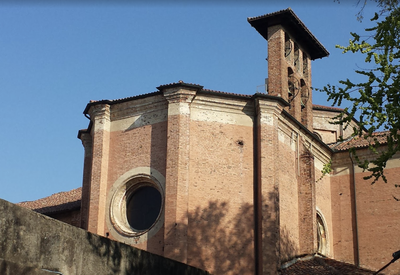
Basilica Santissimo Salvatore CulturalBasilica of the Holy Savior
The Basilica of Santissimo Salvatore, commonly known as the Basilica of San Mauro, is a church in Pavia. Founded in 657 by the Lombard king Ariperto I, it became a funeral church for many Lombard kings. It was first rebuilt in 970 by Queen Adelaide, who founded the monastery of San Salvatore next to the church and entrusted it to a Benedictine community. In the second half of the 15th century, the current basilica was built on the site of the old medieval church. Between the 15th and 16th centuries, the church was richly decorated with frescos and interior decorations. In the 18th century, the church and the adjoining monastery were transformed into a barracks and military warehouse. The church was recovered and reopened for worship on May 21, 1901.
Basilica San Pietro in Ciel d'Oro CulturalBasilica of San Pietro in Ciel d'Oro
Built at the beginning of the 7th century in the middle of the Lombard era, the Basilica of San Pietro in Ciel d'Oro has the dignity of a secondary basilica. Built in Lombard style, then rebuilt in Romanesque style in the 12th century, the primitive Christian basilica, Saint Peter in Ciel d'Oro, so called because of its golden ceilings, was built on the site where Saint Séverin, Roman philosopher and senator killed by King Theodoric the Great in 525 was buried. The Basilica is an outstanding example of Lombard Romanesque architecture, generally considered, together with the Basilica of San Michele Maggiore, to be the most important medieval religious monument in the city of Pavia. Restored by Pope Innocent II in 1132, it claims great prestige in the Catholic world because it houses the remains of Saint Augustine.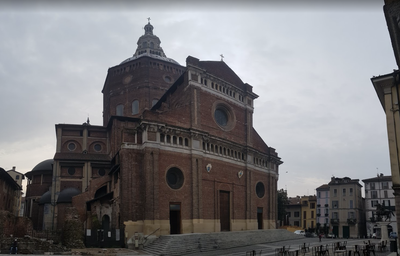
Duomo CulturalCathedral of Pavia
The construction of the cathedral began in 1488 on the site of two former Romanesque cathedrals, Santo Stefano and Santa Maria del Popolo. The original project, with a nave and two wings flanked by semi-circular niches and a central dome, is influenced by Bramante. Leonardo da Vinci is said to have contributed to the project. A 78 m high belfry (Torre Civica) originally flanked the cathedral. Mentioned since 1330 and expanded in 1583, it collapsed on March 17, 1989. His remains are still visible on the left of the cathedral.
Description
From the church square, join the main street via Ticino or SP185, follow it until you leave the village and take the street on the left (via della Roveda or SP130):
- This road crosses the countryside and then crosses the A7 motorway on a bridge.
- The SP130 road then crosses the hamlets of San Varese, Casottole and Torre d'Isola.
- It approaches the Ticino River, which is only seen near Pavia. The arrival in Pavia is marked by the passage under the A54 motorway, the crossing of a suburb and a river by the via Riviera.
- Continue along via Riviera which enters the city, passes under the railway tracks to become Corso Alessandro Manzoni up to a roundabout with a statue of Minerva. Continue in the axis (Corso Camillo Benso Cavour), leave the courthouse on the left and turn right into via Jacopo Bossolaro to go to the cathedral.
- Departure : Church of Sant'Antonio Abate, via Sant'Antonio 1, 27021 Bereguardo
- Arrival : Cathédrale de Pavie, Piazza del Duomo, 27000 Pavie
- Towns crossed : Lombardia
Altimetric profile
Report a problem or an error
If you have found an error on this page or if you have noticed any problems during your hike, please report them to us here:
Close by12
- Information


